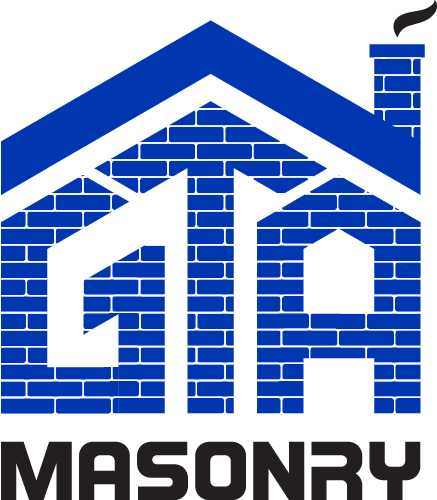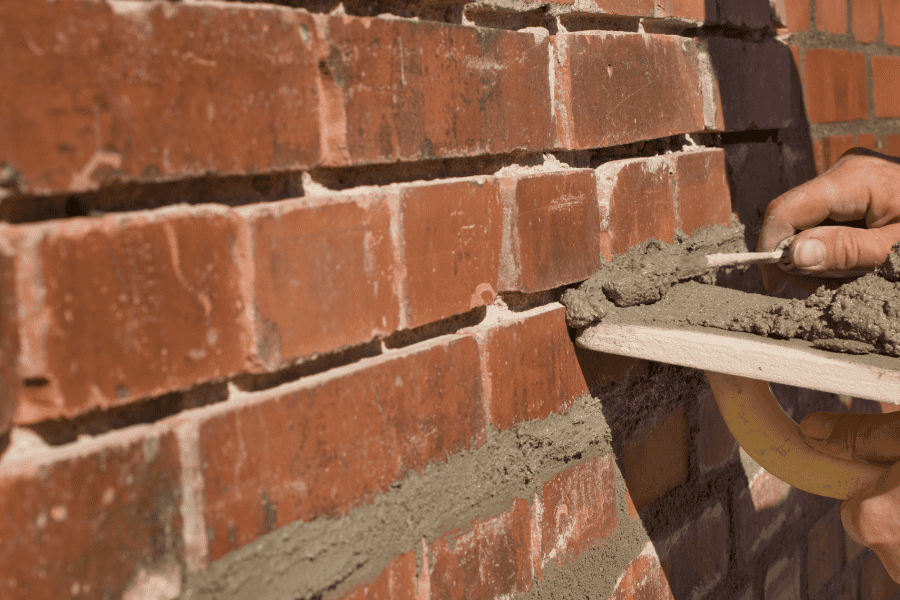Brick Restoration 101
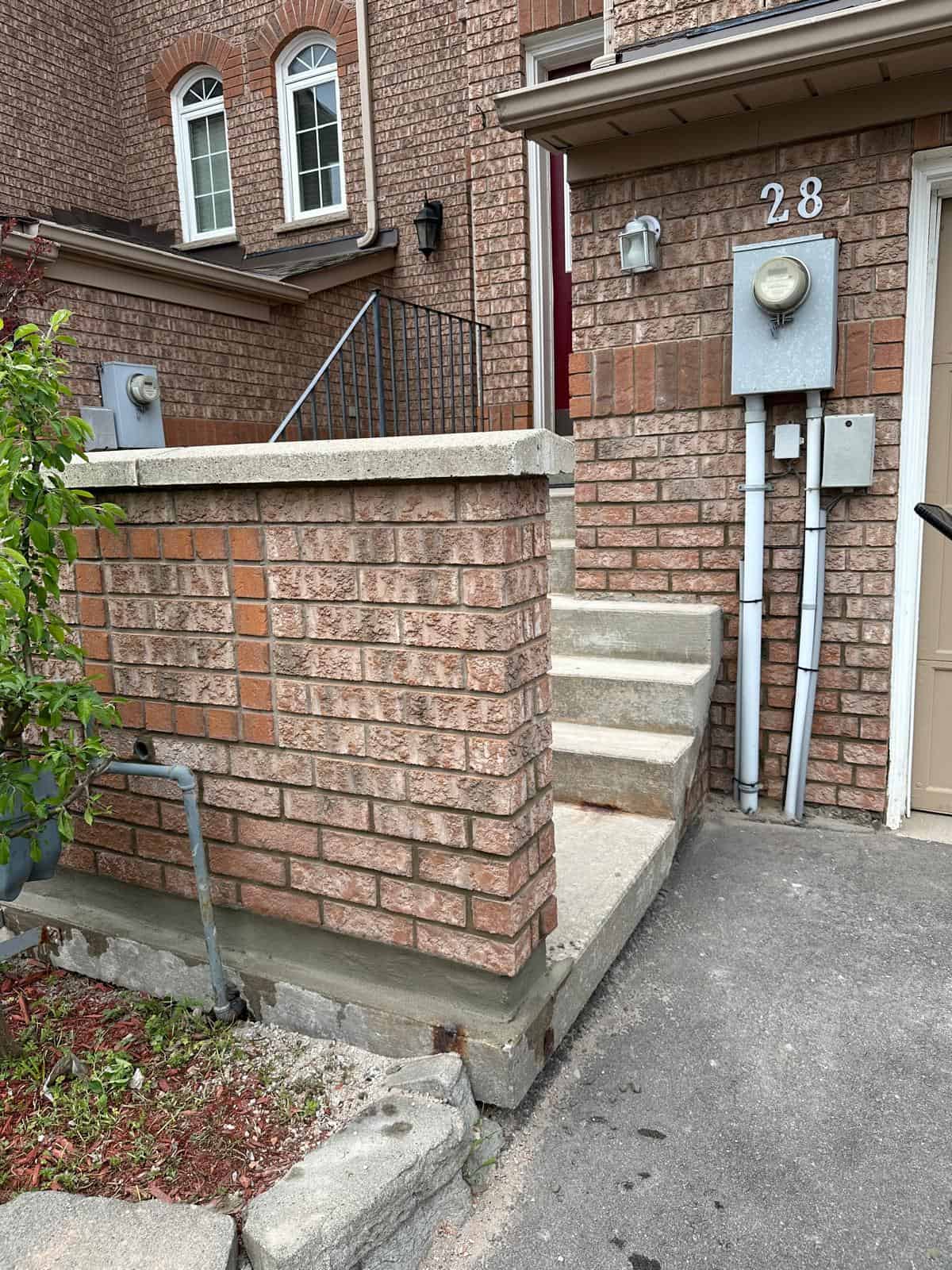
If you have a brick house or masonry wall to maintain, it’s important to know how to restore it properly and keep it in great shape. We’ve all seen repairs that stick out in a bad way, but a few simple steps can help you avoid that and keep your masonry looking its best.
Bricks are known for their durability, but there are times when they require repair or restoration to remain functional in a renovation. This process, called brick restoration, is a specialized form of masonry restoration and we will explore different methods of brick restoration and when it’s worth doing it.
What Is Brick Restoration
Brick restoration is the process of repairing and revitalizing bricks to improve their structural integrity, appearance, or both. This typically includes fixing damaged bricks, repairing mortar, refreshing the brick’s color, and replacing any loose or deteriorated bricks.
If you’re considering brick restoration, consulting a professional is a good step. GTA Masonry can assess the condition of your brickwork, recommend the best approach, and ensure the work is done safely and effectively. Get a Free Project Quote.
Difference Between Brick Repair and Restoration
Brick repairs typically focus on addressing specific issues like cracks, chips, or loose bricks. These solutions focus on the current issue, guaranteeing the stability of the structure without necessarily improving its long-term integrity or overall look. Common brick repairs include caulking, patching, sealing, mortar touch-ups, and sanding.
Brick restoration, on the other hand, is a larger, more comprehensive project aimed at returning the structure to its original state. This involves extensive work such as cleaning, replacing damaged bricks, and repointing the mortar. Restoration preserves the building’s historical value while making necessary repairs to ensure it stands strong for years to come.
The primary difference lies in the scope and goals: brick repair is about fixing immediate issues, while brick restoration renews and enhances the entire structure.
Understanding Brick Deterioration
Before exploring restoration techniques, it’s important to understand why bricks degrade over time. Weathering is a natural process, but factors like moisture, temperature shifts, pollution, and biological growth can accelerate deterioration. Common issues include efflorescence, spalling, and mortar erosion, which can compromise both aesthetics and structural integrity.
Recognizing Signs of Damage
If you own a home or building with brick walls, restoration may become necessary over time. While brick is highly durable, factors like weather, moisture, and pests can still cause damage. Here are some key signs that your brickwork may need attention:
- Cracks: Small cracks are common and usually harmless, but larger ones can signal structural issues that require professional repair.
- Spalling: When the surface of the brick starts flaking or crumbling, it’s often due to moisture infiltration, especially in areas with freeze/thaw cycles.
- Discoloration: Over time, bricks may become stained due to weathering, pollution, or aging. Professional cleaning can often restore their original appearance.
- Efflorescence: A white, powdery residue on the brick’s surface indicates that water has seeped in, dissolving minerals that are then left behind as the water evaporates.
If you notice any of these issues, consulting a professional brick restoration company is the best solution. Proper restoration not only improves aesthetics but also protects the structural integrity of your property.
Brick Restoration Process
Since brick restoration is a specialized process, it should be handled by experienced professionals. The first step is a thorough assessment, considering factors like the type of bricks, the building’s age, and the cause of deterioration. This helps determine the best restoration approach.
The process typically involves cleaning the brickwork and repairing or replacing damaged bricks. In some cases, entire sections may need to be rebuilt using new materials. While brick restoration can be time-consuming and costly, it is often necessary to preserve historic buildings and prevent further structural issues.
Brick Replacement
Brick replacement is a precise restoration technique that allows damaged bricks to be removed and replaced without affecting the surrounding structure. A professional carefully chisels away the mortar, removes the deteriorated brick, cleans the cavity, and installs a new or repaired brick in its place.
In some cases, the original brick can be salvaged and reinstalled, while other times, a full replacement is necessary. Although the process requires time and attention to detail, properly executed brick replacement helps maintain both the appearance and integrity of the overall structure.
Mortar Repair
Over time, mortar between bricks can deteriorate, leading to gaps and potential structural issues. The process of restoring this mortar is called brick repointing. This involves removing the worn-out mortar and applying fresh mortar to maintain the strength and appearance of the brickwork.
Color Revitalization
Color revitalization is a common brick restoration technique used to refresh the appearance of aged or weathered brickwork. The process begins with a deep cleaning to remove dirt, debris, and surface stains. Once the brick is thoroughly cleaned, a masonry stain is applied to restore or enhance its original color, providing a fresh and uniform look while preserving the brick’s natural texture.
Waterproofing
Applying a waterproof sealer is an essential step after brick restoration is finished. Over time, bricks may become weaker due to their natural ability to absorb moisture. It’s possible that older masonry, in particular, was not waterproofed at first or that the original sealant has worn off.
What’s The Price of Brick Restoration?
The cost of brick restoration typically ranges from $500 to $5,000, depending on the size and scope of the project. Smaller repairs may cost just a few hundred dollars, while larger or more extensive restorations could reach several thousand.
Brick restoration involves a range of tasks, including cleaning, sealing, and repairing damaged bricks. It is often needed when bricks suffer from weathering, staining, or other environmental factors.
Since brick restoration is a detailed process, it’s important to hire a qualified professional. The total cost will depend on the extent of the damage and the size of the job. To make sure you get the best value, contact us and get a quote for free.
Get your Masonry Project completed with GTA Masonry for dreamy results you wont be able to stop admiring.
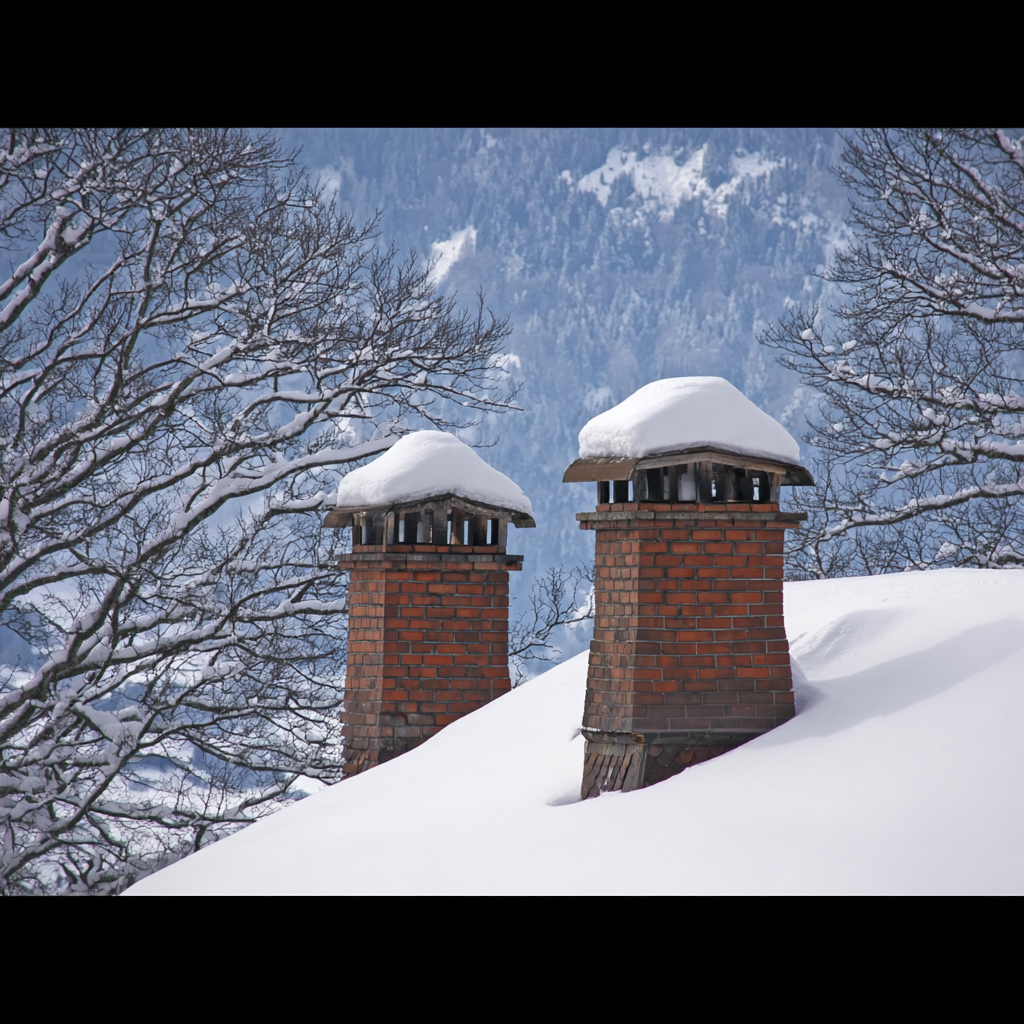


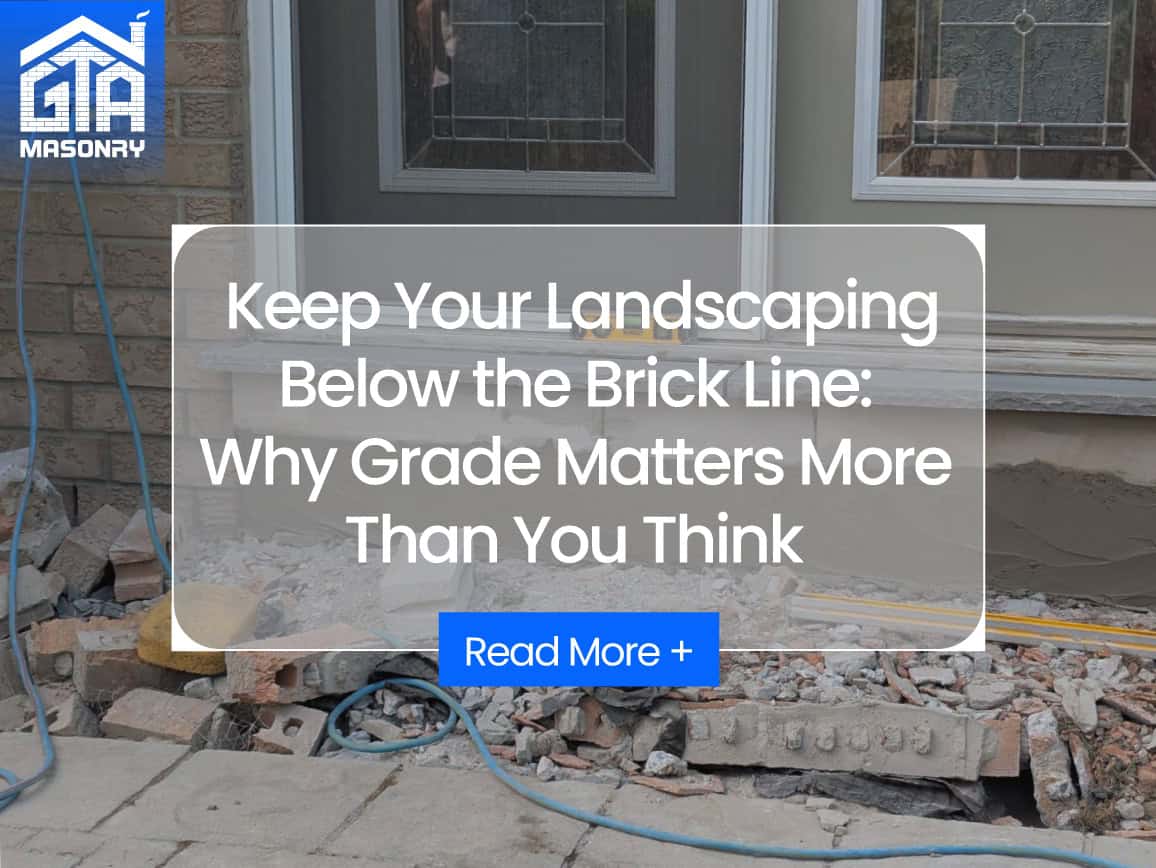



Hours of Operation
Monday - Sunday
8:00 AM - 8:00 PM
